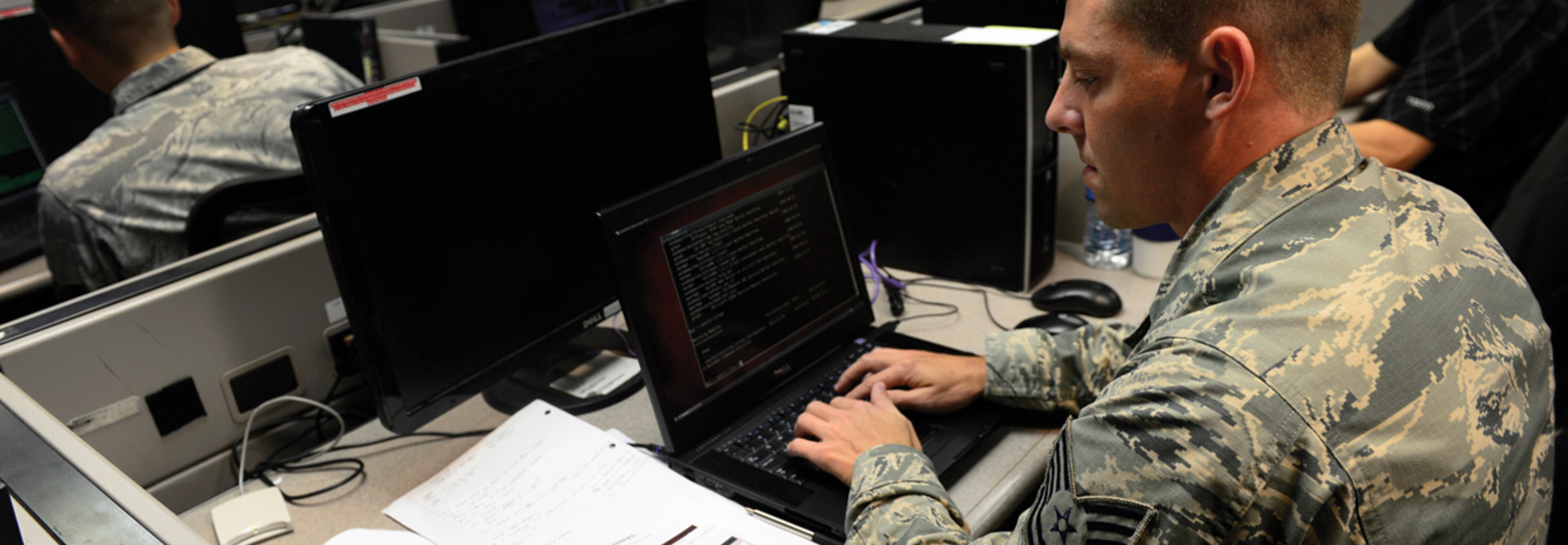How the Classroom as a Service Model Can Aid Remote Learning
During the coronavirus pandemic, federal agencies and their employees have shown extraordinary resilience, adapting to new technologies and telework environments to keep services running and achieve agency missions on behalf of citizens.
To give users new skills that can better help their agencies adapt to shifting technological landscapes, agencies will need IT platforms that are matched to the changeable times we’re living in. Thankfully, there is a platform and a model on the horizon that can aid that effort.
The model, called Classroom as a Service, is a 21st-century training solution that sits on top of a private cloud-based solution. It enables agencies to either host training solutions on their own internal private clouds or the private cloud of an external organization.
Although the platform was conceived before the pandemic, it was designed for distance learning. That makes it especially useful at a time when social distancing guidelines preclude having large classrooms or gathering together in confined spaces.
The Air Force is the first agency using the Classroom as a Service approach, and the Army is expected to be the second. However, the platform has a wide range of applications that can be extremely useful for civilian agencies. The platform is ideal for any agency that needs to train users by having students interact or interface with multiple software assets.
MORE FROM FEDTECH: Find out which skills are most in demand in federal IT.
The Benefits of the Classroom as a Service Model
The Classroom as a Service platform is designed as a framework, so that if an agency’s needs for training change, the platform can be altered quickly to support those new needs. For example, if the Federal Aviation Administration has new air traffic control scenarios it wants to use for training controllers, that software can be swapped in dynamically.
Above all, the platform is engineered to support training environments that require students to have access to dedicated assets. The goal is to give students access to those assets and enable them to interact with them in training environments so that they can practice on the kinds of systems they will use later on the job.
The solution enables students to talk to instructors or to fellow students, and also enables instructors to isolate students to play out different training scenarios.
The model is designed for maximum flexibility and agility. Classroom as a Service enables instructors to have one type of training on a Monday, for example, and then do something totally different on a Tuesday — before going back on Wednesday to what was taught on Monday. If an agency’s mission needs change, there’s no need to rip out the entire training software and start from scratch.
Instructors do need to load scripts and software into the platform ahead of time, but once that is installed, infrastructure automation and orchestration from CDW•G takes a huge load off of onsite IT teams. Instead of having to work all weekend to load in new courseware for Monday, the software can be dynamically changed for the next day’s class. Such tools also remove pressure from IT teams to get every bit of coding perfect. The model gives peace of mind to teachers; with Classroom as a Service, instructors can see the status of course software deployments in real time.
READ MORE: See how the Air Force is using augmented reality and virtual reality for training.
Air Force Begins Using Platform for Cyber Training
The Air Force is the first agency to deploy Classroom as a Service, and its 39th Information Operations Squadron needed a scalable and flexible training solution to ensure its students were being taught the latest tactics, techniques and procedures in cybersecurity.
The Air Force is using the platform to create a wide range of realistic network environments that can be used to emulate and simulate opposing forces and threats. The training environments incorporate Air Force cyber weapon systems and give students the ability to study real cyberthreats, such as worms and viruses, and understand their behavior and potential defenses. There is no real danger, of course, and onsite personnel can sanitize and reconfigure the training ranges quickly after testing.
By implementing infrastructure automation and orchestration, CDW•G was able to offload a significant amount of daily work from the onsite engineering team. The platform cut the time to provision cyber training ranges for a full classroom of 30 students by over 1,200 percent. The Air Force is looking to train a few thousand students per year.
The solution uses a variety of components from vendors including Cisco, Dell EMC, F5 Networks and VMware. If an agency wanted to deploy the platform, it would first partner with CDW•G to assess its data center environment and determine what new hardware it might need. The agency would then deploy software later, on top of a custom automation and orchestration blueprint using different range-based configurations and virtual machines, containers or Kubernetes. For on-premises deployments, the agency might need to deploy new hardware, depending on the size and scope of the training needs. More complex classes that require more interaction between the students and training assets would likely require more of a hardware investment.
There really is no limit to what can be deployed as training assets. It could be as simple as a couple of end-user devices and some servers or as complex as replicating a small city or enterprise. The entire goal is to give users access to the same kind of equipment — with the same look and feel—that they will use in the real world on future assignments.
Such an approach is ideal for agencies such as the FAA, NASA or any agency that requires users to interact with complex systems and where mission needs change.
The pandemic has demonstrated that federal agencies need to be more dynamic in their approach to technology and changes in their operating environments. The Classroom as a Service model points the way forward for achieving those goals.
This article is part of FedTech’s CapITal blog series. Please join the discussion on Twitter by using the #FedIT hashtag.











